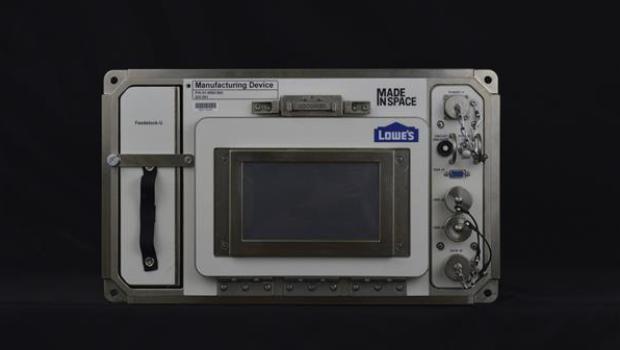After “Made in Space” and Braskem has teamed up, it has become possible for the astronauts at International Space Station to 3D print by using Green Plastic. This material is being created from Sugarcane.
As far back as the Additive Manufacturing Facility (AMF)— the primary perpetual 3D printer in space—was conveyed on board the International Space Station (ISS), parts have been 3D printed for both useful and special purposes. The printer is, as a matter of first importance, an apparatus with which space explorers can manufacture objects without them being soared up from Earth; notwithstanding, it is likewise being utilized as an (exceptionally) remote 3D print shop through which organizations, specialists, and people can have their computerized documents 3D imprinted in space. All things considered, who wouldn’t need that?
Since individuals are growing new applications for 3D imprinting in space basically the ever day, we hear a dreadful parcel about what the AMF is being utilized for, however, we don’t hear such a great amount about the materials that go into the circling 3D printer. That part of the venture, be that as it may, is a large portion of the fun, and numerous added substance fabricating aficionados have even guessed that regolith assembled on the Moon or even Mars could some time or another be utilized as a 3D printing material.
As a sort of 3D FDM printer, the AMF for the most part, uses ABS plastic, the material from which LEGO blocks are made, yet an additionally energizing substance going into the ISS-sent machine is green plastic, or GreenPE, a biobased gum that could adequately expand the self-rule of space missions. This sort of green plastic (market name: “I’m green plastic”) came to fruition through an organization between Made In Space and Braskem, the biggest thermoplastic tar maker in the Americas, and has as of now been utilized to create questions on board the ISS.
Green plastic, a polyethylene produced using sugarcane, was picked as a reasonable space 3D printing material both on account of its renewability and in view of its attractive properties: adaptability, substance resistance, and recyclability. The material will likewise print particularly well on the AMF 3D printer, which Braskem had a section in making. The 3D printer’s print bed is made of Braskem’s ultra-high atomic weight polyethylene, which is showcased under the brand UTEC.
